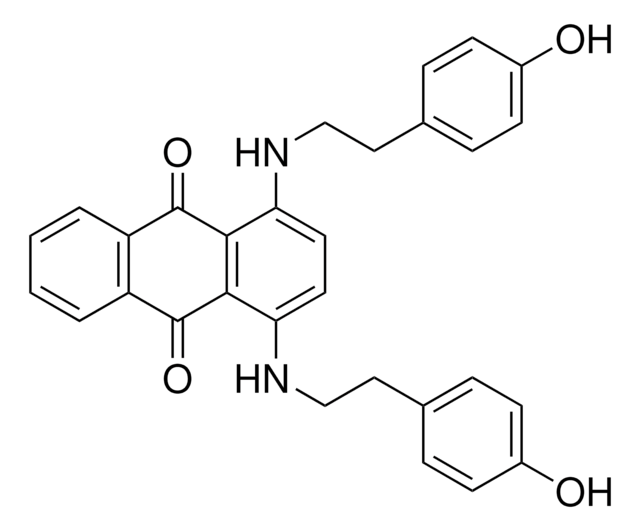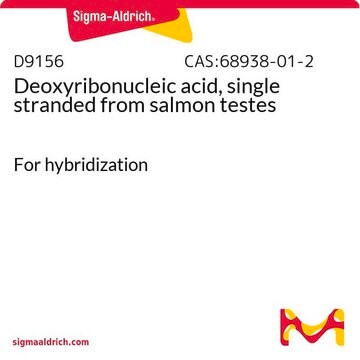L6883
Lithium acetate dihydrate
reagent grade
Synonym(s):
Acetic acid lithium salt
About This Item
Recommended Products
grade
reagent grade
form
solid
composition
Lithium acetate, ≥63%
pH
≤9.5 (5% in solution)
mp
53-56 °C (lit.)
anion traces
chloride (Cl-): ≤0.003%
sulfate (SO42-): ≤100 ppm
cation traces
Fe: ≤20 ppm
Na: ≤50 ppm
SMILES string
[Li+].[H]O[H].[H]O[H].CC([O-])=O
InChI
1S/C2H4O2.Li.2H2O/c1-2(3)4;;;/h1H3,(H,3,4);;2*1H2/q;+1;;/p-1
InChI key
IAQLJCYTGRMXMA-UHFFFAOYSA-M
Looking for similar products? Visit Product Comparison Guide
Related Categories
General description
application
- Carbon-modified nanocrystalline LiFePO4 (LiFePO4/C) via sol-gel method using ferrous sulfate, phosphoric acid, citric acid, and polyethylene glycol.
- Lithium-graphite nanotubes (LGN) by chemical vapor deposition (CVD) method in the presence of copper with methane as the carbon source.
- Conductive polycrystalline solid-state electrolyte (Li4B7O12Cl) by reacting with boric acid and copper(II) chloride dihydrate in trihexyltetradecylphosphonium chloride via an ionothermal method.
It can also be used as a catalyst in the enantioselective synthesis of functionalized 1,3-thiazin-4-ones via N-heterocyclic carbene (NHC)-catalyzed [3 + 3] annulation of thioamides.
Storage Class
11 - Combustible Solids
wgk_germany
WGK 1
flash_point_f
Not applicable
flash_point_c
Not applicable
Certificates of Analysis (COA)
Search for Certificates of Analysis (COA) by entering the products Lot/Batch Number. Lot and Batch Numbers can be found on a product’s label following the words ‘Lot’ or ‘Batch’.
Already Own This Product?
Find documentation for the products that you have recently purchased in the Document Library.
Customers Also Viewed
Our team of scientists has experience in all areas of research including Life Science, Material Science, Chemical Synthesis, Chromatography, Analytical and many others.
Contact Technical Service







